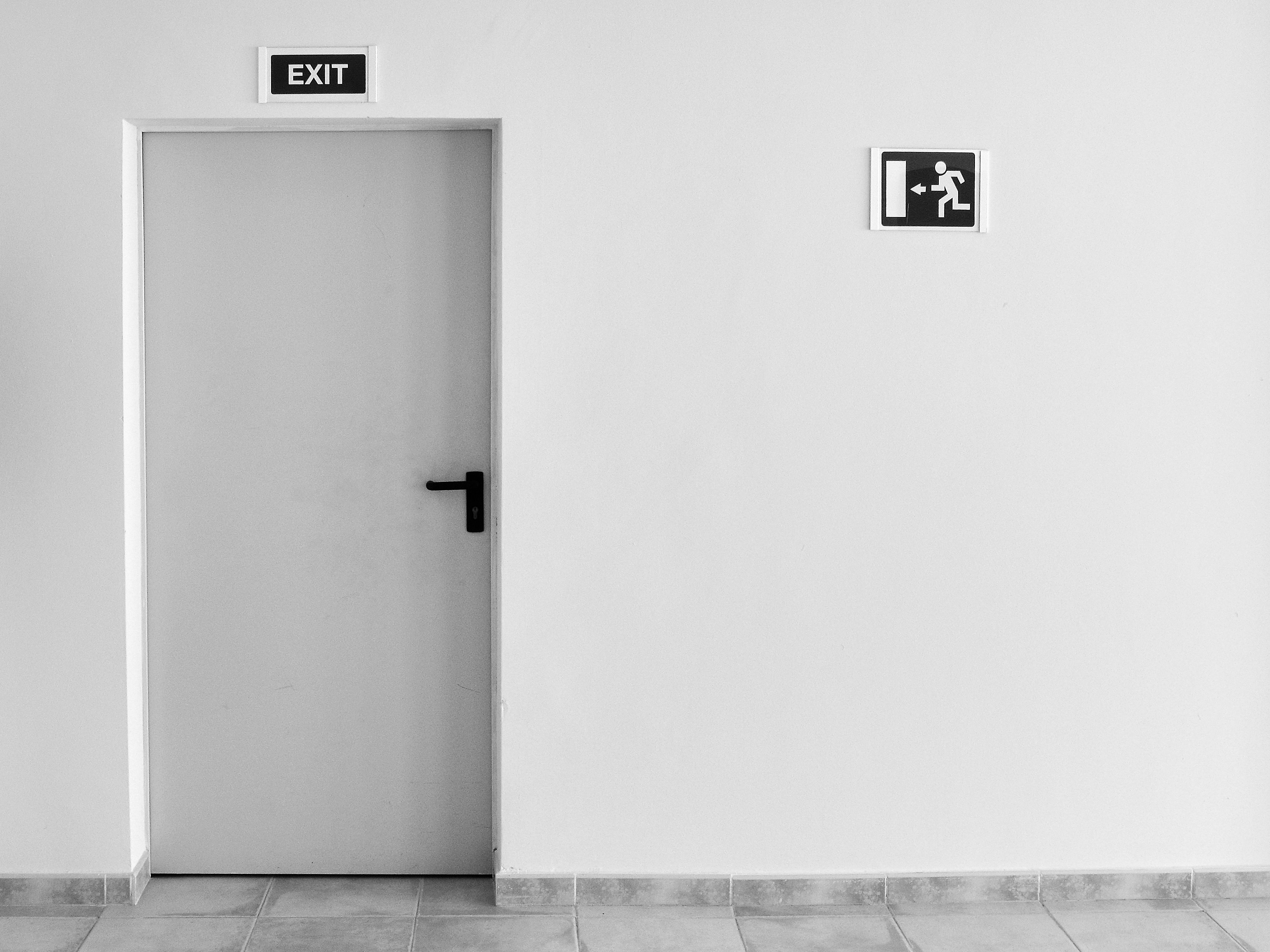When it comes to managing visitors, retirement homes have significant responsibilities.
Monitoring who comes in and out of the facility is important for both safety and compliance reasons.
However, keeping track of visits can be difficult. Visitors are frequent, and they come in all types. Residents’ family members, facility contractors, vendors, specialists, and people coming for meetings (like job interviews and community partnerships) have very different needs and check-in requirements.
Plus, retirement facilities are often large, with plenty of ways to potentially enter and exit the space.
To get a better handle on visitors, here are five best practices retirement centers should use.
Limit Entrances
It’s fine to give staff and residents full access to all entry points, perhaps with the assistance of electronic keycards. But visitors should always be directed to the main check-in area.
Several important things happen at check-in that visitors simply cannot miss. They may receive important safety information or be prompted to agree to a visitor policy. Your facility may choose to do some form of identity verification for certain visitors before they can come in. And there should be records kept of their visits for legal purposes.
When visitors go in the wrong entrance, all of these important steps get skipped.
A visitor entrance policy will only work if the rules are made very clear to visitors, current residents, and staff. It’s human nature to look for the simplest and easiest route, and visitors will certainly go through any entrance that seems the most convenient unless they’re explicitly told otherwise.
To clarify the correct entrance to visitors, designate specific visitor parking and make sure there’s a very clear path from those parking spots to the main entrance. Use signs to designate both visitor parking and the way to the main entrance.
Internally, it’s important for leaders to emphasize the importance of visitor policies. Staff and residents should be instructed to never open side doors for visitors, and to direct visitors to the main office instead. They should understand the danger of propping doors open or leaving them unlocked, as well.
Always Keep the Front Desk Attended
Of course, directing all visitors to the main office won’t help much if there’s no one there to check them in.
One of the very simplest ways to make sure that everyone who comes into your facility is properly checked in is to make sure your front desk is always staffed.
You might think that you already have this covered if you have a full-time front desk administrator on staff. However, your administrator must take breaks throughout the day, even if it’s just to run to the bathroom or step away from the desk for other visitor-related responsibilities.
If you don’t have a consistent plan to cover the front desk during these scenarios, visitors will occasionally be left waiting or confused about where to check in. In these moments, they may well decide that check-in isn’t actually necessary, or decide to bypass the process and proceed inside to find who they’re looking for.
Keeping the front desk attended may mean hiring additional office support staff, getting clear about who steps in at the front desk when the full-time administrator is away, or even installing a self-check-in kiosk (such as The Receptionist) for visitors to get started on their own.
Include Visitors in Evacuation Plans
Evacuating a large retirement home with hundreds of mobility-limited seniors and staff is a huge undertaking. Managers should have a clear plan for these scenarios and practice them as much as they reasonably can.
Visitors need to be a part of evacuation plans, as well. They will need to be evacuated along with the rest of the residents and staff in the case of an emergency.
If there are no clear records about which visitors have entered and exited the building, emergency personnel might need to go back into a dangerous situation to look for them.
That’s why it’s important not just to keep a real-time list of who is on-site, but also make sure that list is available from the outside of the building.
If you use a tablet-based check-in system like The Receptionist, this will be as simple as grabbing the check-in tablet and heading outside to the designated safety area.

Get Serious About Visitor Recordkeeping
Records of who visited and when can be important in potential legal cases or for settling disputes or claims. Plus, gathering data about who visits and why can be helpful as you plan for the future.
It’s hard to keep track of this data, much less analyze trends, if you’re using an old-fashioned pen-and-paper for your visitor registration log. Click To TweetBut it’s hard to keep track of this data, much less analyze trends, if you’re using an old-fashioned pen-and-paper for your visitor registration log. Paper records can easily be lost or damaged. They can also be difficult to read. By contrast, digital files are easier to search, easy to read (no more deciphering handwritten notes cannot), and .
Plus, if you use visitor management software like The Receptionist, you can design custom digital check-in procedures that make it impossible for visitors to skip important steps or fill fields out incorrectly. This can make your records even more accurate.
Finally, keeping a clear record of visits can help with marketing and customer relationships. When you have relevant and accessible data for each facility visit, it’s that much easier to reach out to visitors after they leave to gather their feedback.
Feedback from family members can alert you to any concerns and give you plenty of insights into how to improve. But it can also protect your facility’s online reputation from negative reviews and social media posts. If you give your visitors a chance to communicate any concerns right away, they certainly won’t be as likely to air their grievances online.
Make it Super Easy for Visitors to Check In and Out
No one likes to be stuck in the lobby thumbing through visitor check-in paperwork or squinting at tiny print on copy paper before they can proceed with the rest of their visit.
The more complicated or inconvenient the check-in and check-out procedures are, the more likely your visitors will be to try to skip them.
Make every attempt to respect visitors’ time by making the process as easy as possible.
Customize the check-in process to each type of visit. (For more on how to do that, read our post: Why You Need to Categorize Your Business Visitors.)
Some systems, The Receptionist included, also allow visitors to opt in to having their personal information temporarily stored in the visitor management system. This feature means that they don’t have to retype all of their personal details each time they arrive.
Finally, remember to also make it easy for visitors to check out.
Don’t force them to search through the pages in a binder to find their original handwritten check-in entry. Visitor management systems like The Receptionist have a prominent check-out button, and visitors can locate their information quickly and easily.
An accurate list is essential for emergency evacuation purposes and records. If people skip the check-out process, neither will be accurate.
Are you ready to upgrade the visitor management system at your retirement center? We invite you to try The Receptionist free for 14 days, or click here to request a custom demo of the software.
Share this Post

